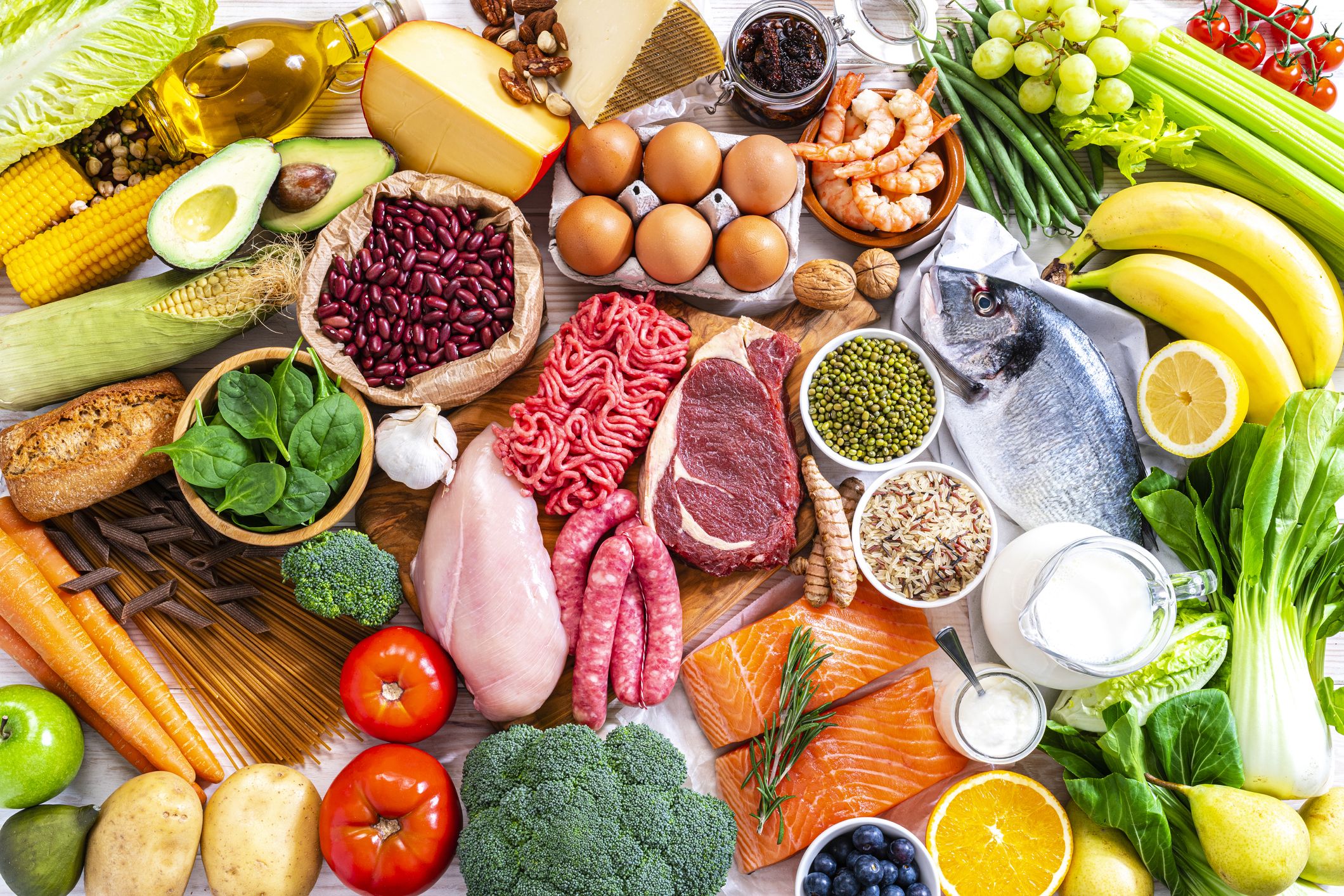Food is Poisoning Us – Part 1
Companies are usually recalling food and drink merchandise due to mislabelling or infection. For instance, over the past four weeks, A wine organization recalled their inventory due to incorrect allergen labeling records. Allergen: Sulphites A food business enterprise placed soft-dried apricots because of incorrect allergen labeling statistics. Allergen: Sulphites A grocery store chain recalled an inexperienced Thai-style stir fry sauce due to inaccurate allergen labeling records. Allergen: Fish
A grocery store chain recalled its Indian cooking sauces because the acidity ranges are too low. As the acidity tiers are too low, microorganisms may additionally grow, and the spices might be beyond their high quality before the ‘excellent before’ date that appears in the jar. A beverage organization has withdrawn batches of smooth beverages because of excessive benzoic acid (an accepted preservative). A supermarket chain has removed two sets of personal-logo wholegrain brown rice because they are probably infected with bugs. I’ve looked at food plans and nutrition in preceding articles and the position of meals in that food plan. What approximately is the food itself? What different undesirable elements are protected in meals besides the nutrients they provide?

Safe meals are defined as meals that are loose from contaminants and will not cause contamination or damage. Food poisoning is acute contamination (short onset) caused by consuming contaminated or toxic food. Four contaminant instructions exist Microbial, Chemical, Physical, and Allergenic. All have been implicated in making people ill and inflicting loss of life. Food hygiene is defined as all practices and strategies that food handlers undertake to ensure the safety of meals. Poor meal hygiene practices are a major cause of food poisoning, not simply within the industrial world of cafes, restaurants, take-outs, and pre-organized TV dinners, but also in our houses.
It has been conservatively envisioned using food protection scientists, at least 6 million instances of meal poisoning in the UK and 30 million cases within the USA every 12 months, about 10% in their respective populations. These figures consult with the reported, and more drastically to the unreported cases of food poisoning. The latter constitutes the biggest part of the instances. So why the boom, as opposed to lower during the last 15 or greater years?
1. Increase in the purchase of reasonably-priced, intensively farmed chicken. Poultry is planted in closed buildings. Fourteen birds were reared in a place of one square meter. Each hen pecks at the other, at every other urine and feces, causing contamination. That isn’t to say that unfastened range, organically raised roosters are loose from sickness, some distance from it. Free variety states that chickens have access to the outdoors; now, they do not always take that option! Even if they reach outside, they p.C. At soil and feces, once more inflicting contamination.
2. Intensive livestock feeding became liable for beginning BSE in the Nineteen Eighties. Farmers feeding useless, scrapie-infected sheep’s carcasses to cattle became the likely motive. If farmers are away for their sheep and cattle to graze, it takes longer to reach maturity than if fed dietary supplements. Farmers have to get their animals to market as speedy as feasible. It makes suitable business sense; they’ll make earnings and coin flows in this manner. However, they use supplemental feeds primarily based on excessive protein, commonly meat or fish derivatives, to deliver their produce to the marketplace faster. From an ethical point of view, they’re feeding vegetarians animals based on total protein? From a commercial enterprise factor of view, it also makes the right experience to use the most inexpensive animal meals they can source. Unfortunately, much reasonably priced food isn’t always sterilized to kill microbial contaminants. This is transferred to the animals and us.
3. a shortage of ethnic food shops sprouting up among all rural groups. The problem here is not race or ethnicity; it cannot offer food hygiene courses in their local tongue, which is not generally English. Many huge towns could have education carriers, but no longer the agricultural regions where the eateries are placed. Although meal hygiene books are furnished to most people of non-English languages, human beings will no longer examine simply from books; they need to attend an interactive lesson or online direction. Books are so, without difficulty, tossed to one facet to acquire dirt.
4. Pre-organized ingredients, such as geared-up food, TV dinners, cakes, etc, are out of our control. Do you certainly realize what has been covered in the preparation? Can you believe the components list, and may you ensure the personal hygiene of the meal handler? My historical past as a chef gives me good enough knowledge to prepare my unique food from raw substances. I understand what goes into the training and cooking. But what about the uncooked materials? That’s one chink in my food instruction armor.
5. Barbecues are the main supply of meal poisoning each year. Here we’ve got two problems. One is dealing with uncooked and geared-up-to-eat food. If there may be one component, you must recollect about foo, all raw meat consists of meals poisoning microorganisms (pathogens). This is without exception. Meat is prepared in abattoirs, which aren’t the most sanitary facilities. There is ae lot of splashing and spillages from intestinal fluids and feces of the animals ready for the table. These residues contaminate the prepared carcasses.











